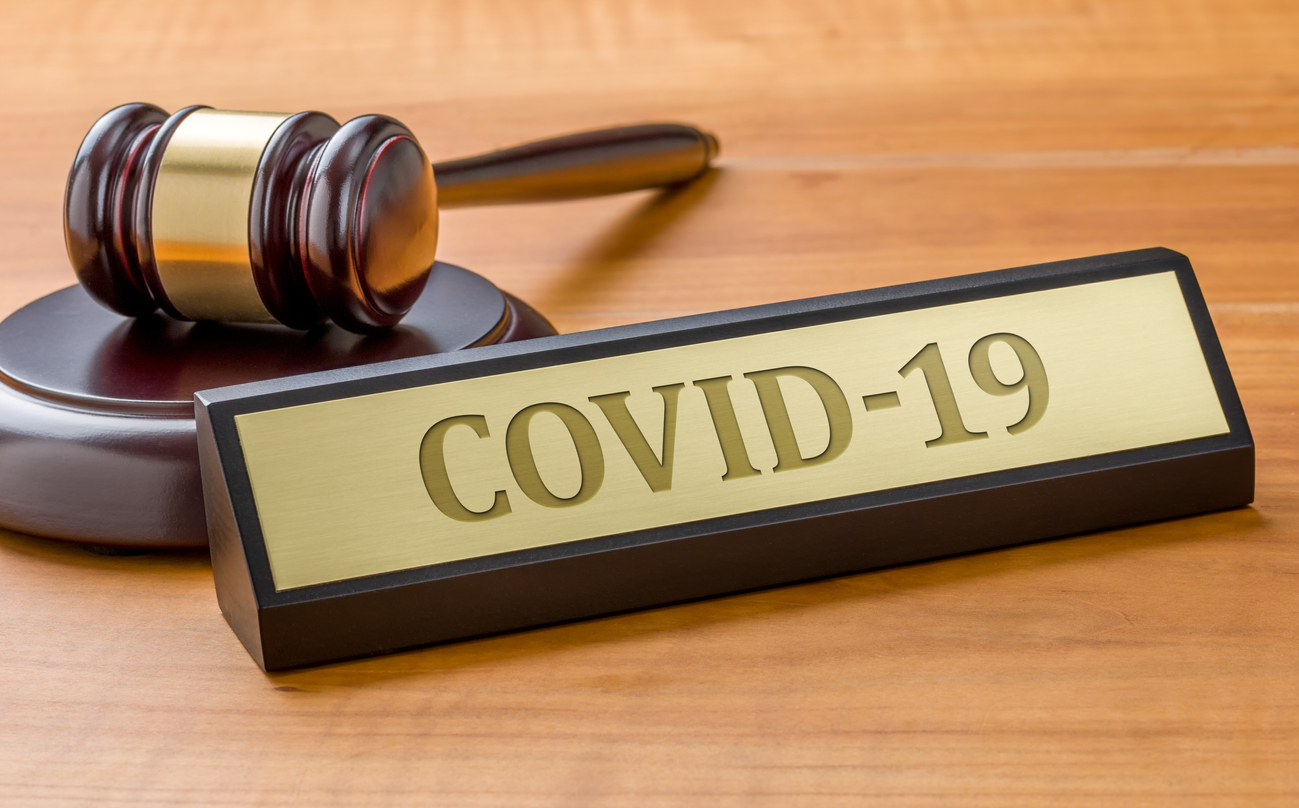(Note: This guest blog is by Vivian Persand, an attorney with Merlin Law Group in the Coral Gables office).
How many times have you reviewed documents produced by Safeco, Liberty Mutual or other insurers, only to receive virtually nothing significant other than a large privilege log? While the purpose of discovery is to exchange relevant documents or information which helps parties prove their cases, the clever and difficult attorneys hired by insurers have developed a knack for hiding and preventing the disclosure of crucial evidence pertaining to what really motivates and determines claims actions and decisions. In many cases, policyholders and their counsel can expect well-calculated discovery tactics which lead many to simply give up or think that the effort will delay the case for too long a time.
For example, have you ever seen a Safeco "Round Table," where your insured’s claim was discussed or evaluated? What about internal training materials suggestive of steering insureds away from retaining counsel? Have you ever seen documents regarding compensation programs that are set up to reward claims management who, on average, have their departments pay less on their claims? Have you ever seen the Safeco Accenture Consulting documents that changed the profitability of Safeco? Has any discovery made you aware of Safeco’s PDRF or Lost Economic Opportunity claims management programs? No, you probably haven’t.
What you can expect NOT to see are the insurer’s internal claims handling procedures, internal claims department goals, discussions on how the claims department is performing, and items specifically explaining how an insured’s claim was handled. Many policyholders, policyholder counsel, and judges are not even aware that insurance companies have internal documents that reveal how claims decisions and actions impact the insurer’s management goals.
What most policyholders and their counsel probably have seen in response to discovery requests are wordy, lengthy and completely useless privilege logs reflecting vague descriptions of otherwise relevant documents. Is the document about the amount of loss? Does it discuss an independent estimate/report such as an engineering report on a roof? Does the document contemplate the need for an expert? Is the document related to compliance with post-loss obligations? Does it address the expected outcome of a potential claims decision or action?
If you find yourself nodding your head thinking – “gosh, I know exactly what you’re talking about” – then it’s time to exchange some ideas and techniques to change this litigation gamesmanship. Tune in for weekly fun Fridays, when I will share about what I have learned from others on these matters. My weekly discussion will be about combating evasive discovery tactics, explaining what is found in these internal documents and how they impact good faith obligations and duties of insurers.
My job is to network around the country with other attorneys involved with Safeco and Liberty Mutual claims practice cases. In doing this, I have learned there are legions of practical examples of how others have successfully obtained important discovery which proves that claims actions and decisions were not done in good faith attempts to fully and promptly pay a claim. Also, internal insurance company documents reflect that insurers acknowledge broad duties of good faith conduct. Obtaining this information and evidence is crucial if policyholders are to be protected from wrongful claims handling.
In this battle against very bright insurance attorneys who are doing their best to protect their clients, it is important to remember that you are never going to get every piece of evidence which will prove your case. However, the wisdom of the Rolling Stones gives some optimism:
"You can’t always get what you want,
You can’t always get what you want,
You can’t always get what you want,
But if you try sometimes, you might find,
You get what you need."
Have a great weekend.


